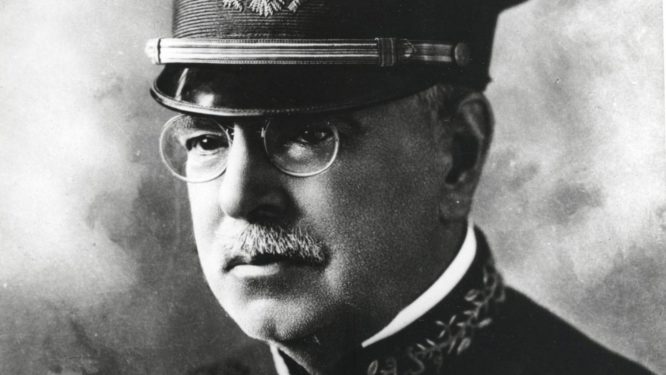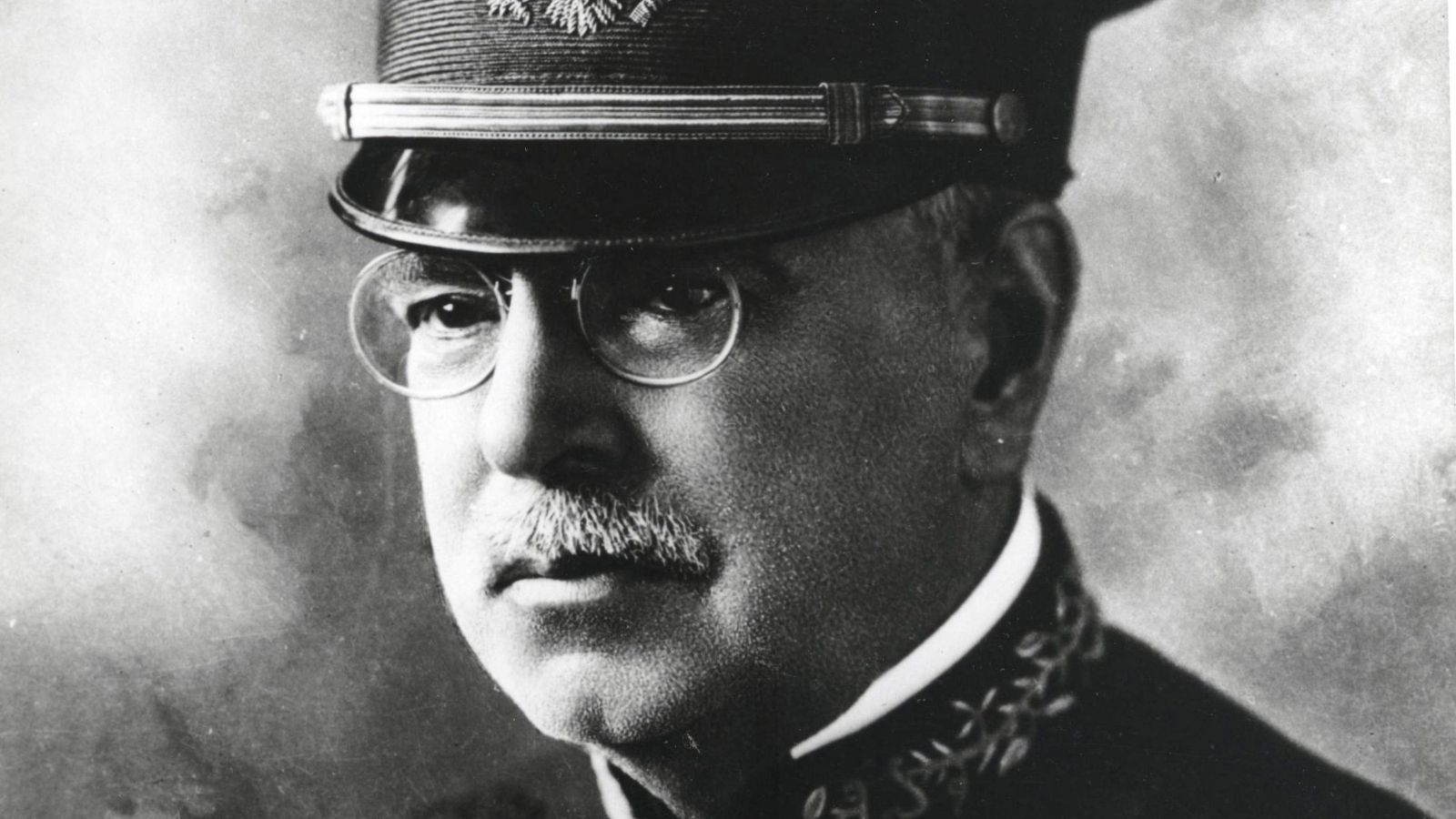John Philip Sousa

DATES
Born: November 6, 1854 in Washington, DC
Died: March 6, 1932 in Reading, PA
NATIONALITY
American
STYLE/PERIOD
Romantic 1820-1910
FAMOUS WORKS
Stars and Stripes Forever, Washington Post, Semper Fidelis, El Capitan, The Thunderer

BIOGRAPHY
John Philip Sousa was born in Washington, DC on November 6, 1854. He was the third of ten children of John Antonio Sousa, a Portuguese immigrant, and Maria Elizabeth Trinkhaus, a German immigrant. His father played trombone in the U.S. Marine Band, which influenced John to begin studying music when he was six years old. He began studying violin, but eventually learned all the wind instruments. John Philip Sousa was very interested in being in a band, so when he was 13 years old, he tried to join a circus band. His attempt was unsuccessful and shortly afterwards, his father enlisted John in the Marine Band in Washington, D.C., where he stayed for 8 years.
In 1875, Sousa began performing as a violinist, going on tour and eventually landing positions as a theater orchestra conductor. It was in the theater that he met his wife, Jane Van Middlesworth Bellis who was a singer. They had 3 children who were musicians; John, Jane & Helen.
Sousa returned to conduct the Marine Band for 12 years, serving 5 Presidents. Also known as “The President’s Own,” the Marine Band became a premier military band under Sousa’s tutelage, making him one of America’s most respected conductors and composers. Known as “The March King,” Sousa composed over 100 marches, in addition to concert pieces, operettas, overtures and suites. On Christmas Day 1898, Sousa composed “The Stars and Stripes Forever,” which eventually became the U.S. national march.
He organized and conducted his own band called the “Sousa’s New Marine Band.” which toured Europe and sold out each venue.
During World War I, at the age of 62, Sousa joined the U.S. Navy Reserve as a lieutenant to train young bandsmen at the Great Lakes Navy Training Center. He was paid $1 per month.
Sousa was a staunch supporter of general music education in our schools, and often advocated for composers’ rights. In 1893, Sousa worked in conjunction with J.W. Pepper to create a marching tuba. Dubbed a sousaphone, this tuba could be played in a standing or sitting position with the bell positioned to project the music over the band. In 1898, Conn created a model that Sousa preferred.
John Philip Sousa died on March 6, 1932, in his hotel room at the age of 77 in Reading, Pennsylvania. He had finished a rehearsal a few hours earlier. The last piece he conducted in that rehearsal was“The Stars and Stripes Forever.” Eight years later, in 1940, the U.S. Postal Service issued a commemorative 2 cent stamp with Sousa’s image.
This page was contributed by Mrs. Armstrong’s 4th & 5th graders at Hammond Elem., Laurel, MD